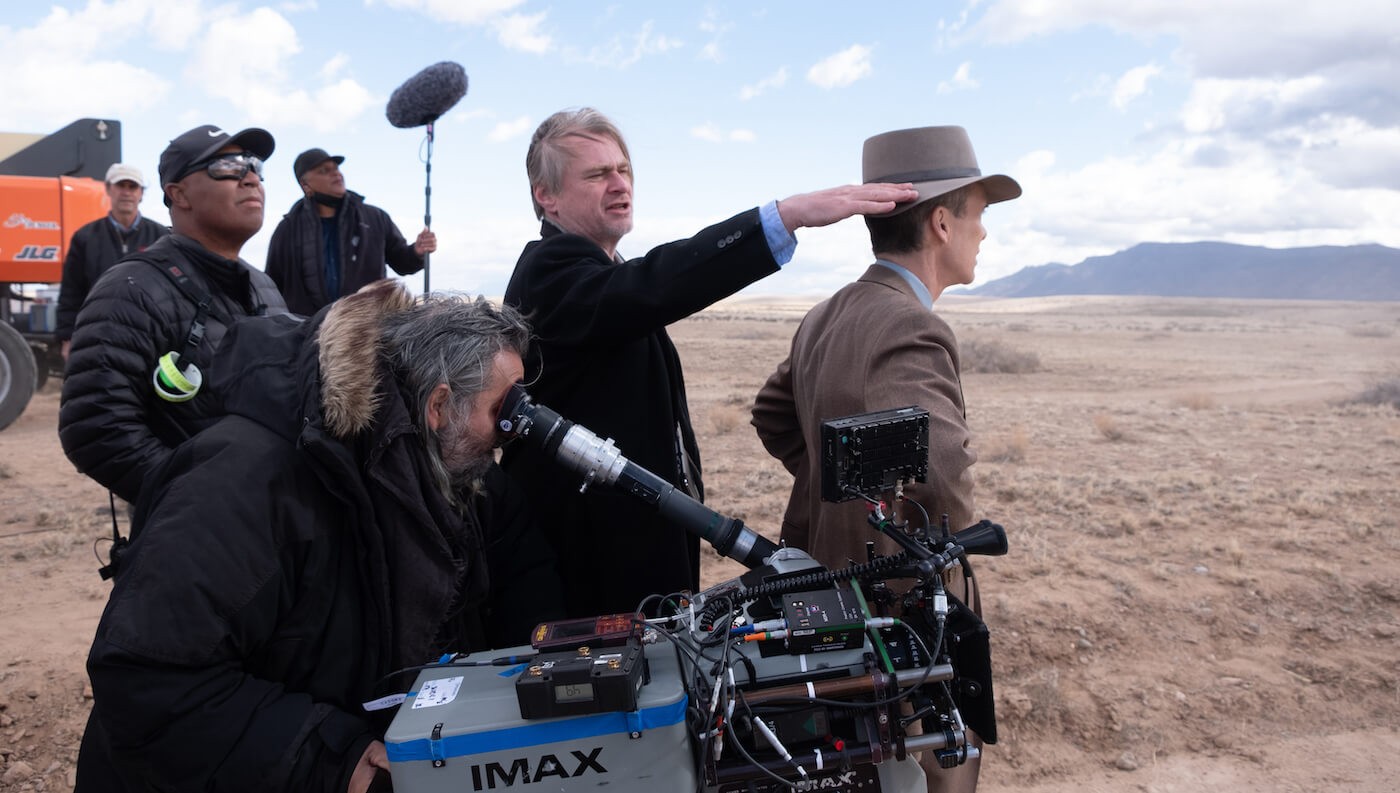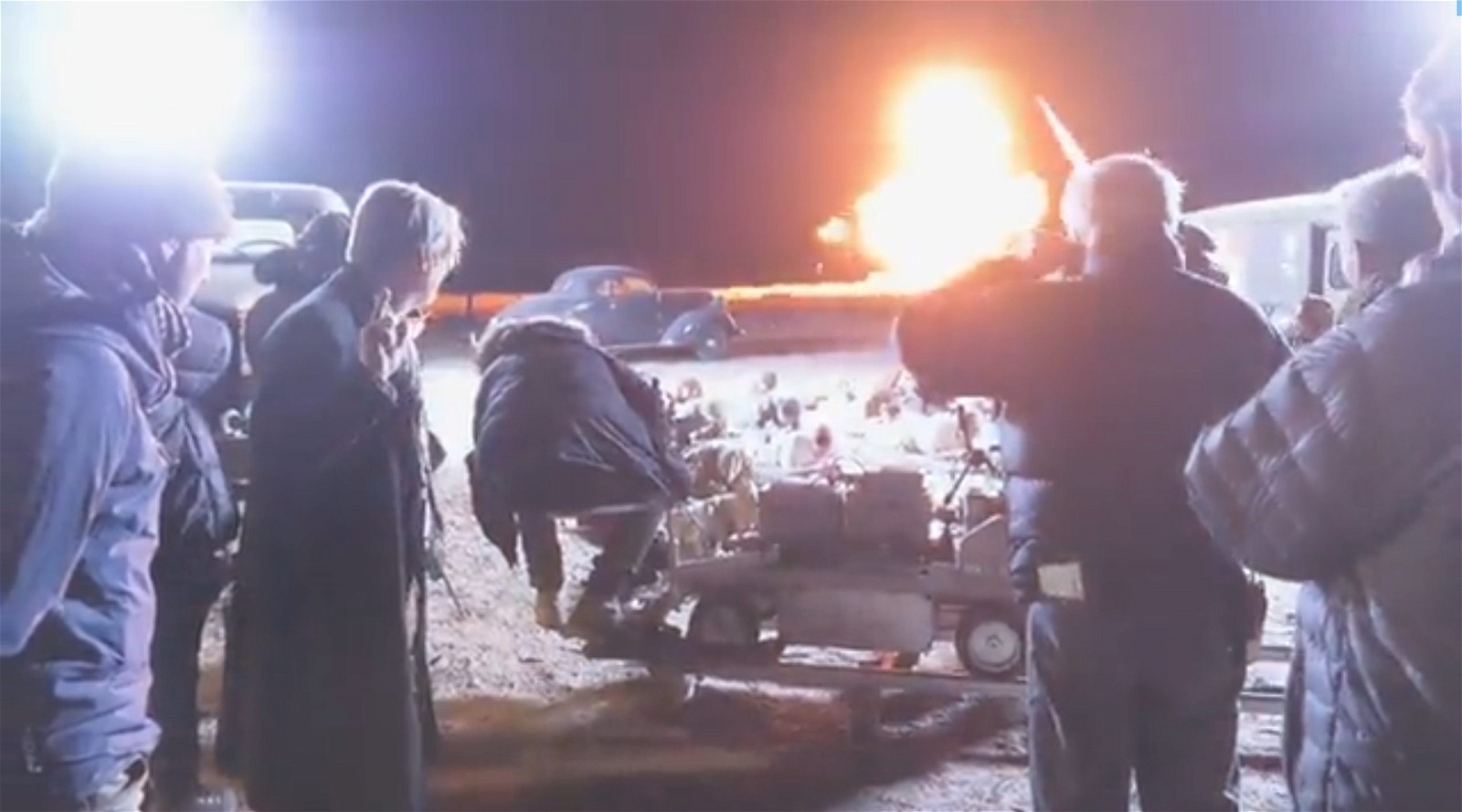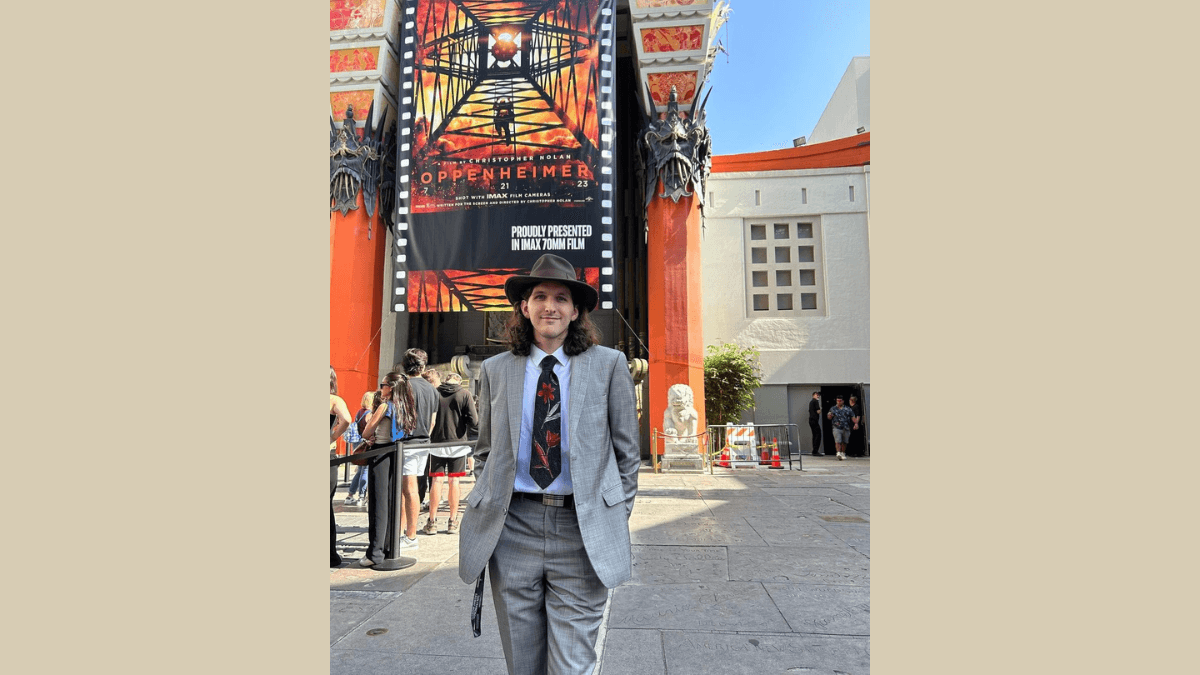Christopher Nolan deserves to win the Oscar for his epic biopic Oppenheimer, not only for his brilliant filmmaking but also for all his contributions to cinema. Nolan’s film singlehandedly revived one art that took backstage when digital filmmaking became popular. It was the Interstellar director who made IMAX popular among cine-goers and gave back jobs to many IMAX projectionists with his latest film.

Kodak, the famous photography company, nearly discontinued their IMAX films, before Nolan interfered. The Tenet director pushed for the IMAX 1570 mm format in his films, while IMAX chief quality officer David Keighley convinced Kodak to keep making it. Nolan saw the future in it and Oppenheimer has now shown exactly what that looks like.
Christopher Nolan Revived The Lost Art of IMAX Projection With His Film Oppenheimer

Ever since Christopher Nolan and David Keighley convinced Kodak to continue with their IMAX 1570 mm film production, many of Nolan’s acclaimed films used this format. Nolan made films like The Dark Knight and its sequel, Interstellar, Dunkirk, and the most recent Oppenheimer using the 1570 format. However, unlike Nolan’s previous films, Oppenheimer not only used the film but also the IMAX projection technology that had been dusting up in museums since years.
Charles Moss, who’s a freelance film writer, earlier worked as an IMAX projectionist before digital films took over. His job was inside the purpose-built projection rooms, where the miles of film were fed through the 6-foot projector. Moss revealed in an article on IndieWire that with Oppenheimer‘s worldwide release, former IMAX projectionists were brought out of retirement to operate the heavy machinery in theaters.
Moss was happy to work with the old equipment, which included the original 1970s GT projectors and the more modern SR projectors. The latter was more cost-effective and could easily make IMAX available to multiplex and existing theaters, but it lacked the quality of the GT experience.
In the TLC Chinese Theatres in L.A. where Moss worked, they installed the SR system specifically for the film. A temporary plywood booth was built around the system, making it the IMAX projector room. Charles Moss revealed that getting back to his old job in theaters was exciting, but it also involved risks. He shared that the projectors could “send you to the hospital” if any part of the body gets in their way.
Nolan’s love for the IMAX is making it more popular. Denis Villeneuve also chose an IMAX experience for his film, Dune: Part Two. While he shot the film with IMAX digital cameras rather than the 1570 film, he credited Oppenheimer for choosing IMAX (via Associated Press).
Christopher Nolan Made The Audiences Aware Of IMAX Projection And Format

Christopher Nolan’s film hitting the theaters in IMAX format took months of planning between the director, IMAX, Universal Pictures, and the participating theaters. Out of the 25 top-earning theaters in the U.S., 24 played the film in IMAX 70mm. Oppenheimer became the highest-grosser in the history of theaters like the TCL Chinese Theatres, where the IMAX screenings continued for more than nine weeks and even returned for re-releases.
Paul Thomas Anderson shared that when a filmmaker like Nolan directed the audiences toward IMAX, it was bound to make an impact. He revealed in his email to the Associated Press that he personally knew film buffs who drove 18 hours round trip to see Oppenheimer in IMAX. Anderson shared:
“When a filmmaker as strong as Chris is pointing a finger at you and telling you where to go…you listen…and audiences have been rewarded for it. I know some film buffs who drove from El Paso to Dallas to see the film properly. That’s about 18 hours round trip.”
After a few weeks of projecting using the IMAX system, the films had some imperfections. However, IMAX’s David Keighley shared that it was a minor issue when compared to the richer movie experience. He revealed that Nolan aimed for the “gold standard” and the “organic feel of IMAX 1570”. It helped make the Trinity Test scene a unique experience for IMAX viewers, that could not be replicated in digital.
Nolan’s Oppenheimer has 13 nominations at the 96th Academy Awards, which will start streaming from 7 p.m. ET / 5 p.m. PT on ABC.

